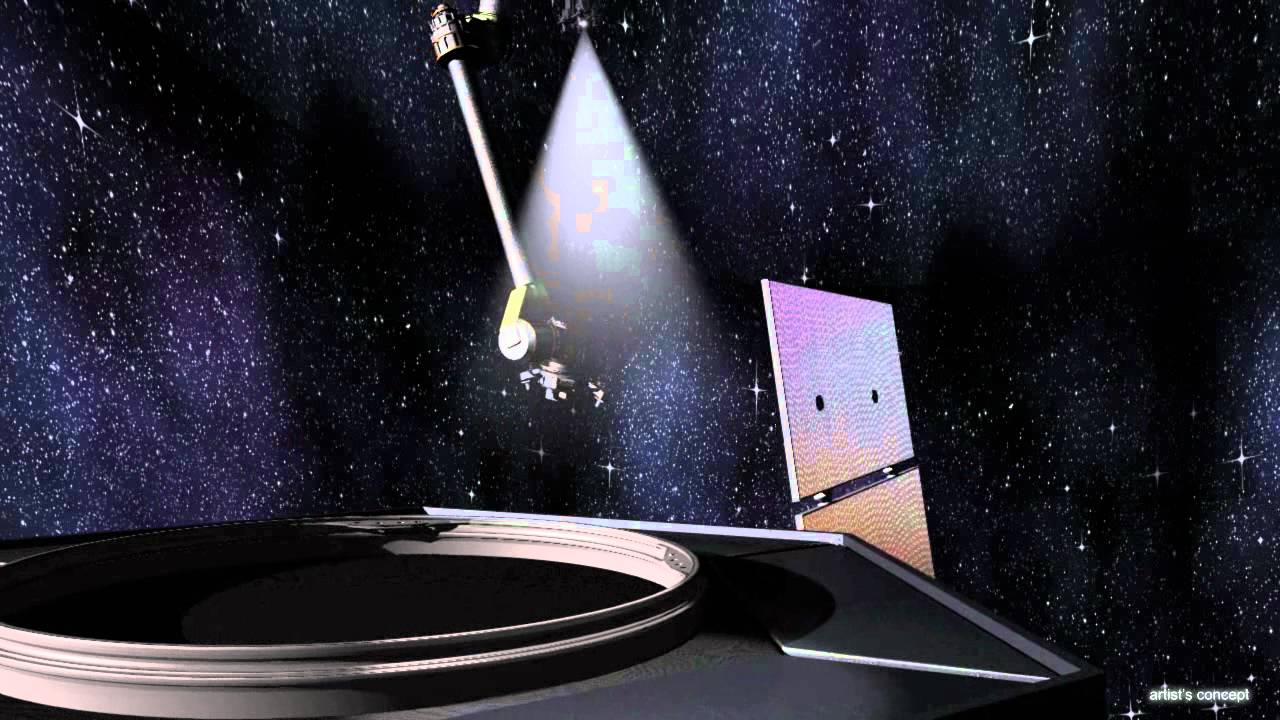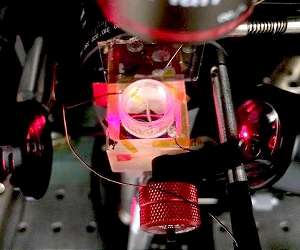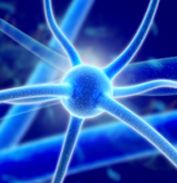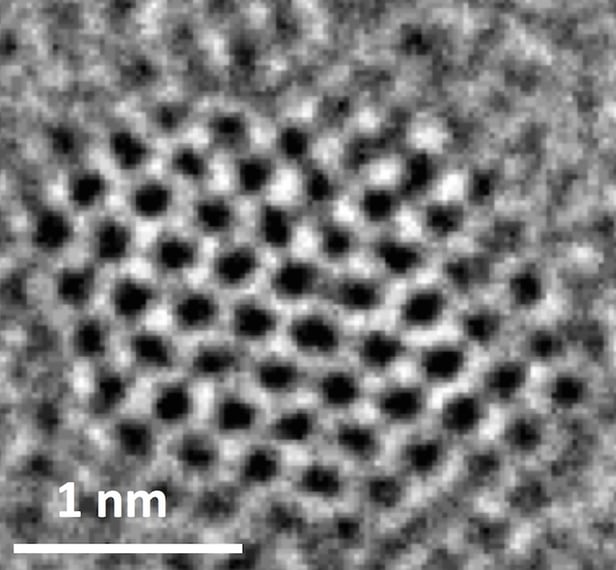Page 10606
Dec 21, 2016
Russia Tests Another Anti-Satellite Weapon as Battleground Space Looms
Posted by Karen Hurst in categories: military, space

Just another reminder that America’s supremacy in space is increasingly unsecured.
- The War Zone
- Space
- Anti-satellite
- Direct Ascent
- Russia
- Battlefield Space
- Nudol
- Low Earth orbit
- X-37B
- PL-19
- satlets

AP.
Continue reading “Russia Tests Another Anti-Satellite Weapon as Battleground Space Looms” »
Dec 21, 2016
The perfect Christmas gift? A nanoscale snowman
Posted by Karen Hurst in categories: evolution, food, nanotechnology, particle physics
Happy Holidays; happy end of the year, happy launch of next year, happy snow days, happy hot chocolate day, etc. Nonetheless, my gift to you this year is a Nanoscale Snowman.
Would a jewel-encrusted snowman make the perfect Christmas present? At only 5 nanometres in size, the price might be lower than you think. And it’s functional too, catalysing the splitting of water to make green hydrogen for fuel cells.
The nanoparticle, as imaged with the aberration-corrected scanning transmission electron microscopes, features eyes, nose and mouth of precious-metal platinum clusters embedded in a titanium dioxide face. Each platinum cluster typically contains 30 platinum atoms; within the whole nanoparticle there are approximately 1680 titanium atoms and 180 platinum atoms.
Continue reading “The perfect Christmas gift? A nanoscale snowman” »
Dec 21, 2016
Xinhua: China launches carbon-tracking satellite into orbit
Posted by Karen Hurst in categories: climatology, education, satellites
Hmmm; there is another use for this type of satellite just can’t openly state.
SHANGHAI—China launched a satellite to monitor its greenhouse gas emissions early on Thursday, the latest step in efforts to cut its carbon footprint, the official Xinhua news agency said.
The launch follows the United States joining China in formally ratifying the Paris agreement to curb climate-warming emissions. It also comes as large sections of northern China have been shrouded in near-record levels of air pollution for most of the past week, disrupting flights, closing factories and schools, and forcing authorities to issue red alerts.
Continue reading “Xinhua: China launches carbon-tracking satellite into orbit” »
Dec 21, 2016
Electrical signaling in heart and nerve cells using graphene
Posted by Karen Hurst in categories: biotech/medical, particle physics, robotics/AI
Nice.
Scientists have enlisted the exotic properties of graphene, a one-atom-thick layer of carbon, to function like the film of an incredibly sensitive camera system in visually mapping tiny electric fields in a liquid. Researchers hope the new method will allow more extensive and precise imaging of the electrical signaling networks in our hearts and brains.
The ability to visually depict the strength and motion of very faint electrical fields could also aid in the development of so-called lab-on-a-chip devices that use very small quantities of fluids on a microchip-like platform to diagnose disease or aid in drug development, for example, or that automate a range of other biological and chemical analyses. The setup could potentially be adapted for sensing or trapping specific chemicals, too, and for studies of light-based electronics (a field known as optoelectronics).
Continue reading “Electrical signaling in heart and nerve cells using graphene” »
Dec 21, 2016
Absence Seizures Could Be Prevented, Experimental Study Suggests
Posted by Karen Hurst in categories: genetics, neuroscience
It may be possible to reduce, stop or even prevent absence seizures, the most common form of childhood epilepsy, according to a study published in the leading scientific journal Neuron.
Using an advanced technology called optogenetics and a rodent model, researchers at Stanford University School of Medicine showed that it is possible to trigger seizures by inducing synchronized, rhythmic activity within a particular structure in the brain called the thalamocortical tract. Importantly, they also demonstrated that disrupting this activity is sufficient to terminate the seizures.
For the study the team, led by Dr Jeanne Paz, inserted a gene that encodes for a light-sensitive cell-surface protein into a set of nerve cells situated in the thalamocortical tract of rat and mice models of absence seizures. This way, the scientists were able to prevent these cells from firing by shining a yellow light onto them.
Continue reading “Absence Seizures Could Be Prevented, Experimental Study Suggests” »
Dec 21, 2016
Molecular Velcro boosts microalgae’s potential in biofuel, industrial applications
Posted by Karen Hurst in categories: biological, solar power, sustainability
Michigan State University scientists have engineered “molecular Velcro” into to cyanobacteria, boosting this microalgae’s biofuel viability as well as its potential for other research.
The findings, featured in the current issue of ACS Synthetic Biology, show how MSU researchers have designed a surface display system to attach cyanobacteria, also known as blue-green algae, to yeast and other surfaces. The proof-of-concept may improve the efficiency of harvesting algae as well as open avenues to improve the construction of artificial microbial communities for sustainable biofuel production or other industrial projects.
“Inadequate cyanobacterial toolkits limited our ability to come up with biological solutions,” said Derek Fedeson, MSU graduate student and the study’s co-lead author. “So, we wanted to add another tool to the toolbox to expand the capacity of these bacteria, which can harness solar energy for the production of useful compounds.”
Dec 21, 2016
Herbal medicine may make tuberculosis easier to treat
Posted by Karen Hurst in categories: biotech/medical, evolution
Herbs treating Tuberculosis.
A centuries-old herbal medicine, discovered by Chinese scientists and used to effectively treat malaria, may help treat tuberculosis and slow the evolution of drug resistance.
A new study shows the ancient remedy artemisinin stopped the ability of TB-causing bacteria, known as Mycobacterium tuberculosis, to become dormant. This stage of the disease often makes the use of antibiotics ineffective.
Continue reading “Herbal medicine may make tuberculosis easier to treat” »
Dec 21, 2016
Q&A: Diamond in Quantum Applications
Posted by Karen Hurst in categories: computing, engineering, particle physics, quantum physics
Oh; there is a LOT more to they syndiamond story as it relates to some of the additional hardware and communications technologies that we’re developing and planning for the future.
What are the unique properties of diamond that make it a supermaterial?
Diamond has long been known to have exceptional properties, largely resulting from the symmetry of the cubic lattice made of light carbon atoms connected by extremely strong bonds. These exceptional properties include thermal conductivity five times higher than that of copper and the widest optical transparency of any material extending from the UV to the RF part of the electromagnetic spectrum. Additionally, diamond also has some interesting chemical properties as it is extremely inert, though it can become a conductor by adding boron. In this manner, one could leverage synthetic diamond for use in electrochemical incineration where existing electrode materials have only a limited lifetime.
Dec 21, 2016
How graphene quantum dots can convert carbon dioxide into liquid fuels
Posted by Karen Hurst in categories: climatology, quantum physics, sustainability
Researchers used nitrogen-doped graphene quantum dots to convert carbon dioxide into liquid hydrocarbons like ethylene and ethanol for use as fuel.
The wonder material known as graphene may have a new trick up its sleeve: converting carbon dioxide into liquid fuels. A team of researchers at Rich University in Texas used nitrogen-doped graphene quantum dots (NGQDs) as a catalyst in electrochemical reactions that create ethylene and ethanol, and the stability and efficiency of the material is close to common electrocatalysts such as copper.
In the fight to slow climate change, reducing the amount of carbon dioxide that enters the atmosphere is crucial, and plenty of research is looking into how we can capture carbon at the source, using clay, engineered bacteria, metal-organic frameworks, or materials like the “Memzyme” and sequester it into rock and concrete. Other studies are focusing on converting the captured carbon into liquid hydrocarbons, which can be used as fuel.
Continue reading “How graphene quantum dots can convert carbon dioxide into liquid fuels” »
















